Unlock Lifelong Mobility: Simple Exercises You Can Do Anywhere
Let’s be honest—longevity isn’t just about adding years to your life. It’s about making sure those years feel good. Mobility is the secret sauce to staying independent, energized, and pain-free as you age—and the best part? It doesn’t require fancy equipment or a gym membership. That’s why we’ve expanded our guide to 20 effortless exercises you can do virtually anywhere. These movements aren’t just easy—they’re powerful tools for improving flexibility, balance, and strength over time. Whether you’re at home, on a walk, or in between errands, each exercise is designed to keep your body fluid, your joints happy, and your days active. Because the key to lasting health isn’t intensity—it’s consistency. These small, sustainable moves add up to major impact. So skip the excuses and start where you are. A longer, stronger life isn’t built in a single workout. It’s built moment by moment—move by move.
1. Stretching: The Foundation of Flexibility
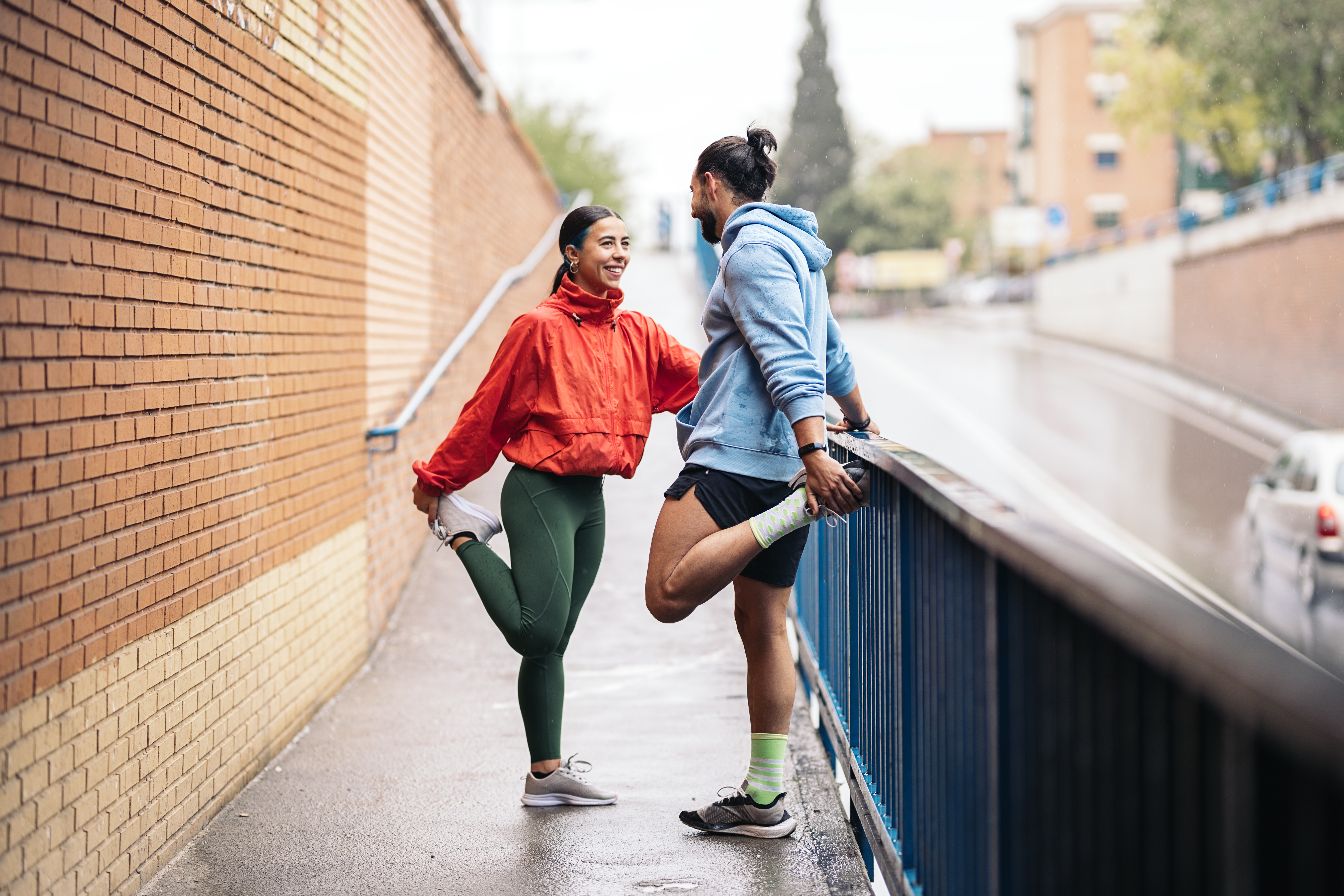
Stretching is often overlooked in exercise routines, yet it is fundamental for maintaining flexibility and mobility. Regular stretching helps lengthen muscles and tendons, increasing the range of motion in joints and reducing the risk of injury. It also promotes better blood circulation, which is essential for delivering oxygen and nutrients to muscles and removing metabolic waste. Stretching can be done anywhere, making it an ideal exercise for individuals with busy schedules or limited access to gym facilities. There are various types of stretching, including static, dynamic, and proprioceptive neuromuscular facilitation (PNF). Static stretching involves holding a stretch for a prolonged period, while dynamic stretching incorporates movement to improve flexibility and coordination. PNF stretching combines isometric contractions with passive stretching to enhance muscle elasticity and strength. By incorporating a mix of these stretching techniques into daily routines, individuals can improve their flexibility, reduce muscle tension, and enhance overall mobility, setting the stage for a more active and fulfilling life.
2. Walking: The Simplest Path to Longevity
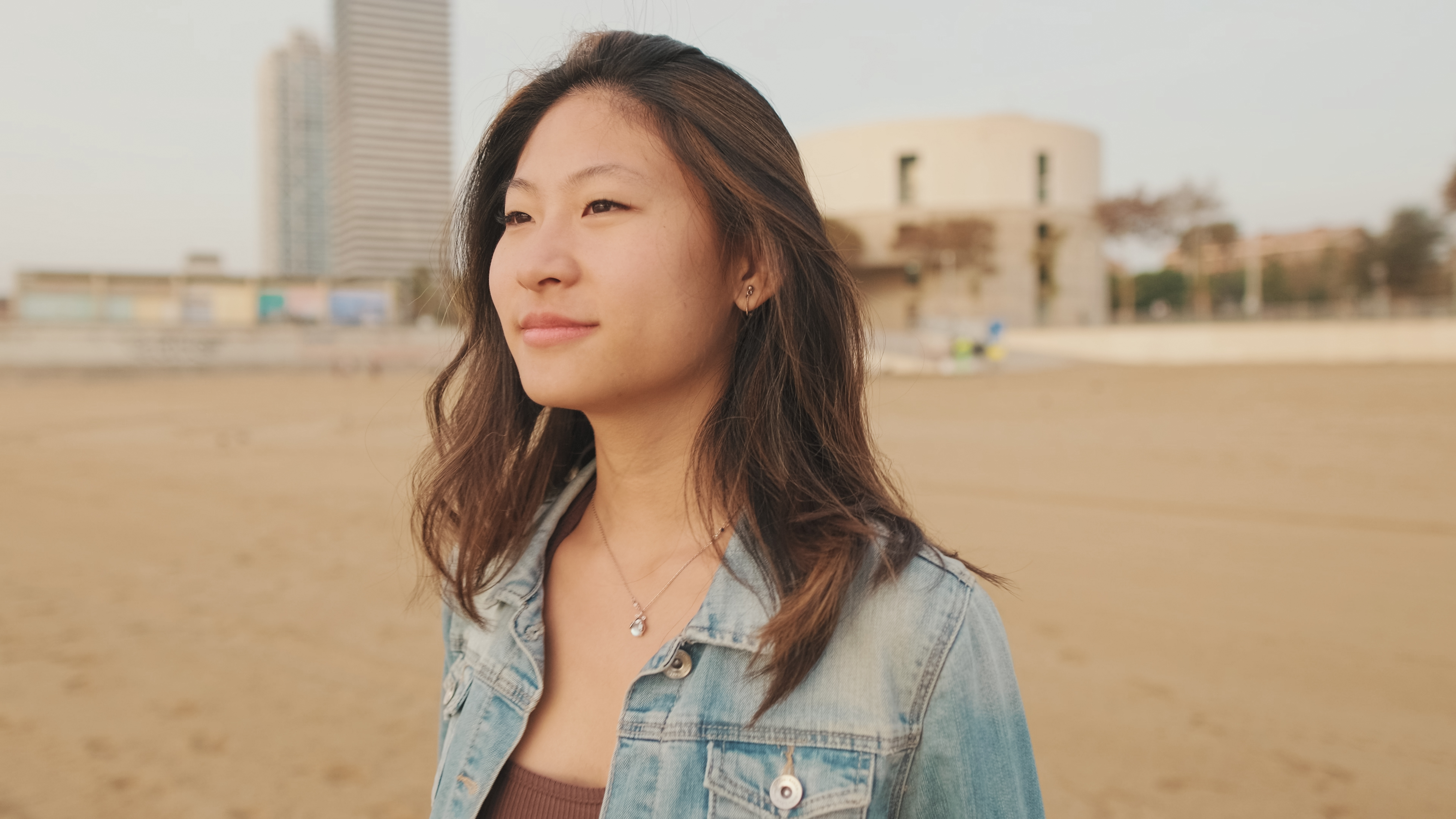
Walking is one of the most accessible and effective forms of exercise for enhancing mobility and promoting longevity. It requires no special equipment or training and can be done almost anywhere, making it an ideal choice for people of all ages and fitness levels. Walking regularly helps improve cardiovascular health, strengthen bones and muscles, and boost mood and mental clarity. It also aids in weight management, which is crucial for preventing obesity-related health issues. Research has shown that even moderate-intensity walking can significantly reduce the risk of chronic diseases such as heart disease, stroke, and diabetes. Moreover, walking stimulates the release of endorphins, the body’s natural mood enhancers, which can help alleviate stress and depression. By incorporating walking into daily routines, individuals can enjoy the numerous physical and mental health benefits it offers, ultimately contributing to a longer, healthier life. Whether it's a brisk walk in the park or a leisurely stroll around the neighborhood, walking is a simple yet powerful exercise that can elevate mobility and promote longevity.
3. Balance Exercises: Stability for Life

Balance is a critical component of mobility, especially as we age. Poor balance can lead to falls and injuries, which can significantly impact quality of life and independence. Incorporating balance exercises into daily routines can help improve stability, coordination, and proprioception, which is the body's ability to sense its position in space. These exercises can be performed anywhere, often requiring little to no equipment. Simple balance exercises include standing on one leg, heel-to-toe walking, and yoga poses like the tree pose. These exercises engage the core muscles and improve joint stability, enhancing overall balance and coordination. Advanced balance exercises, such as tai chi or pilates, offer additional benefits by incorporating fluid movements that promote flexibility and strength. By regularly practicing balance exercises, individuals can reduce the risk of falls, improve posture, and enhance overall mobility, contributing to a longer, more active life.
4. Strength Training: Building a Resilient Body
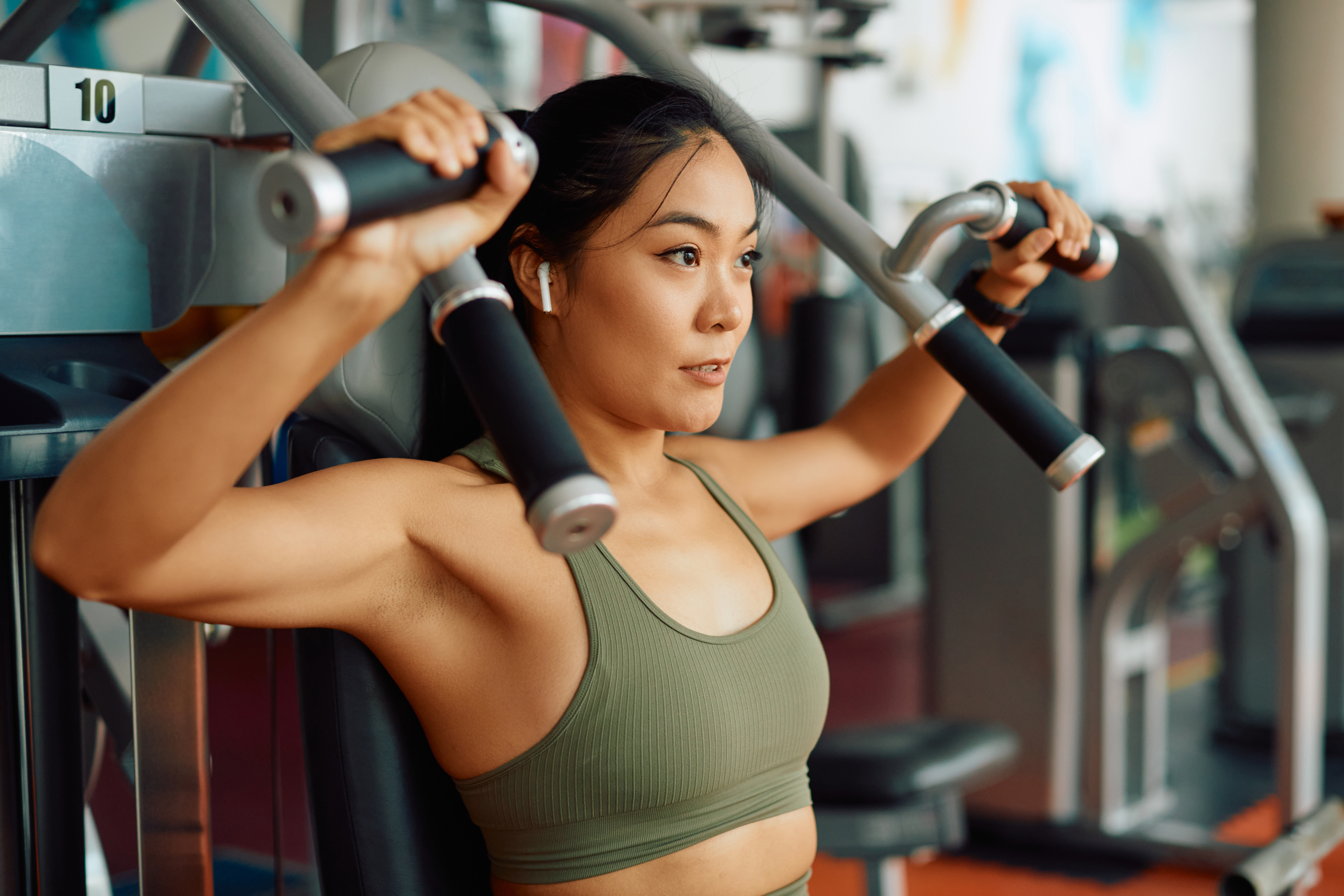
Strength training is essential for maintaining muscle mass, bone density, and overall physical resilience, especially as we age. It involves exercises that use resistance to induce muscle contraction, leading to increased strength, endurance, and muscle tone. Strength training can be done with weights, resistance bands, or even body weight, making it accessible to everyone regardless of fitness level or location. Regular strength training helps counteract the natural loss of muscle mass and bone density that occurs with aging, reducing the risk of osteoporosis and fractures. It also improves metabolic rate, aiding in weight management and reducing the risk of obesity-related diseases. Moreover, strength training enhances joint stability and mobility, making it easier to perform daily tasks and reducing the risk of injury. By incorporating strength training into exercise routines, individuals can build a resilient body that supports a long, active life.
5. Core Exercises: The Center of Mobility
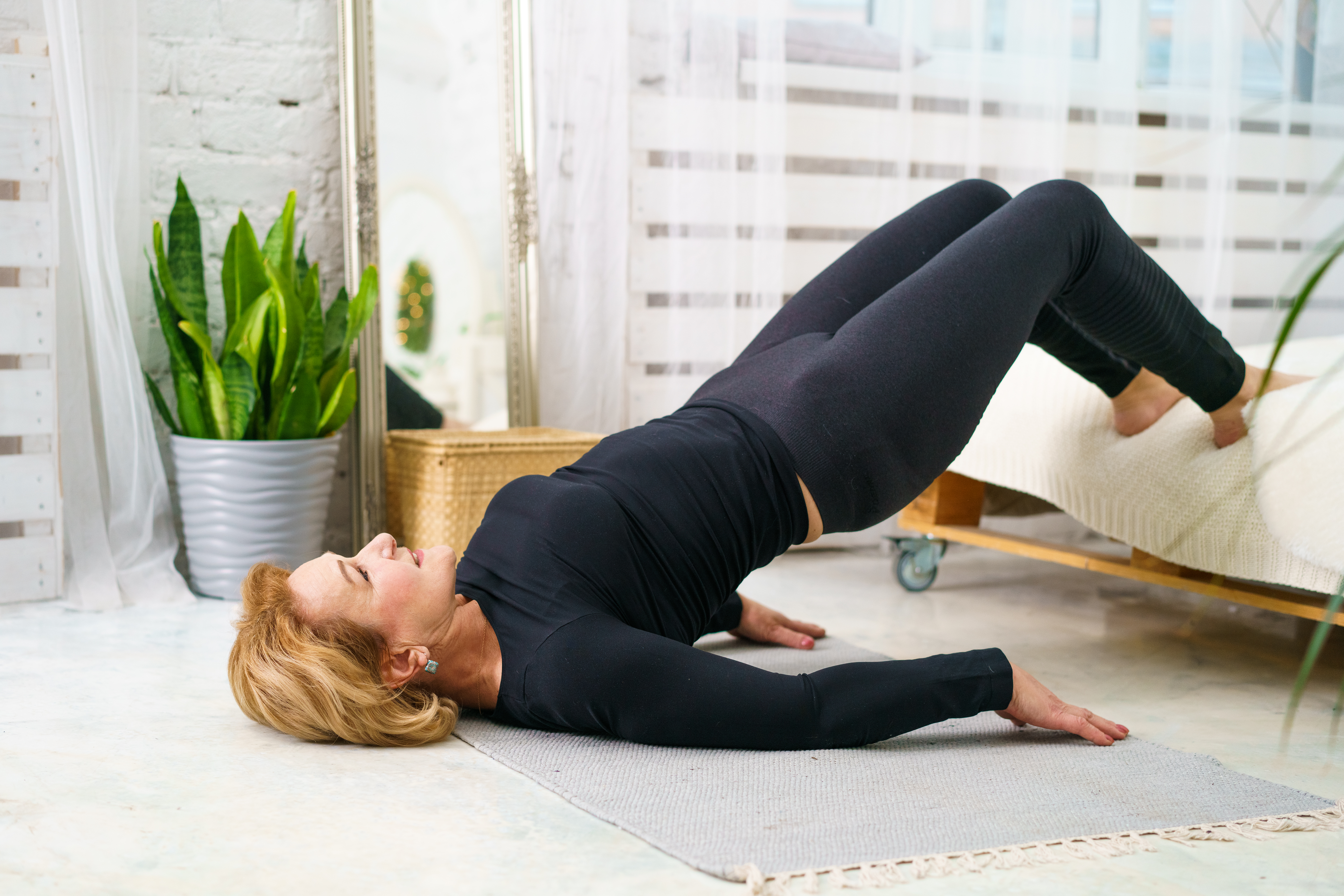
A strong core is vital for overall mobility and stability. The core muscles, which include the abdominals, obliques, and lower back muscles, play a crucial role in supporting the spine, maintaining posture, and facilitating movement. Core exercises can be performed anywhere and often require minimal equipment, making them an ideal choice for individuals looking to enhance their mobility. Basic core exercises include planks, sit-ups, and Russian twists, which engage multiple muscle groups and improve core strength and endurance. Advanced exercises, such as Pilates or yoga, offer additional benefits by incorporating controlled movements that enhance flexibility and balance. A strong core not only improves physical performance but also reduces the risk of back pain and injury. By regularly practicing core exercises, individuals can enhance their overall mobility and stability, paving the way for a more active and fulfilling life.
6. Yoga: Harmony of Body and Mind

Yoga is a holistic exercise that combines physical postures, breathing techniques, and meditation to promote overall health and well-being. It is an excellent choice for enhancing mobility, flexibility, and balance while reducing stress and promoting mental clarity. Yoga can be practiced anywhere, making it accessible to individuals of all ages and fitness levels. The physical postures in yoga, known as asanas, help stretch and strengthen muscles, improve joint flexibility, and enhance body awareness. The breathing techniques, or pranayama, promote relaxation and reduce stress, while meditation helps improve focus and mental clarity. Regular yoga practice has been shown to reduce the risk of chronic diseases, improve cardiovascular health, and enhance overall quality of life. By incorporating yoga into daily routines, individuals can enjoy the numerous physical and mental health benefits it offers, ultimately contributing to a longer, healthier life.
7. Tai Chi: The Art of Gentle Movement
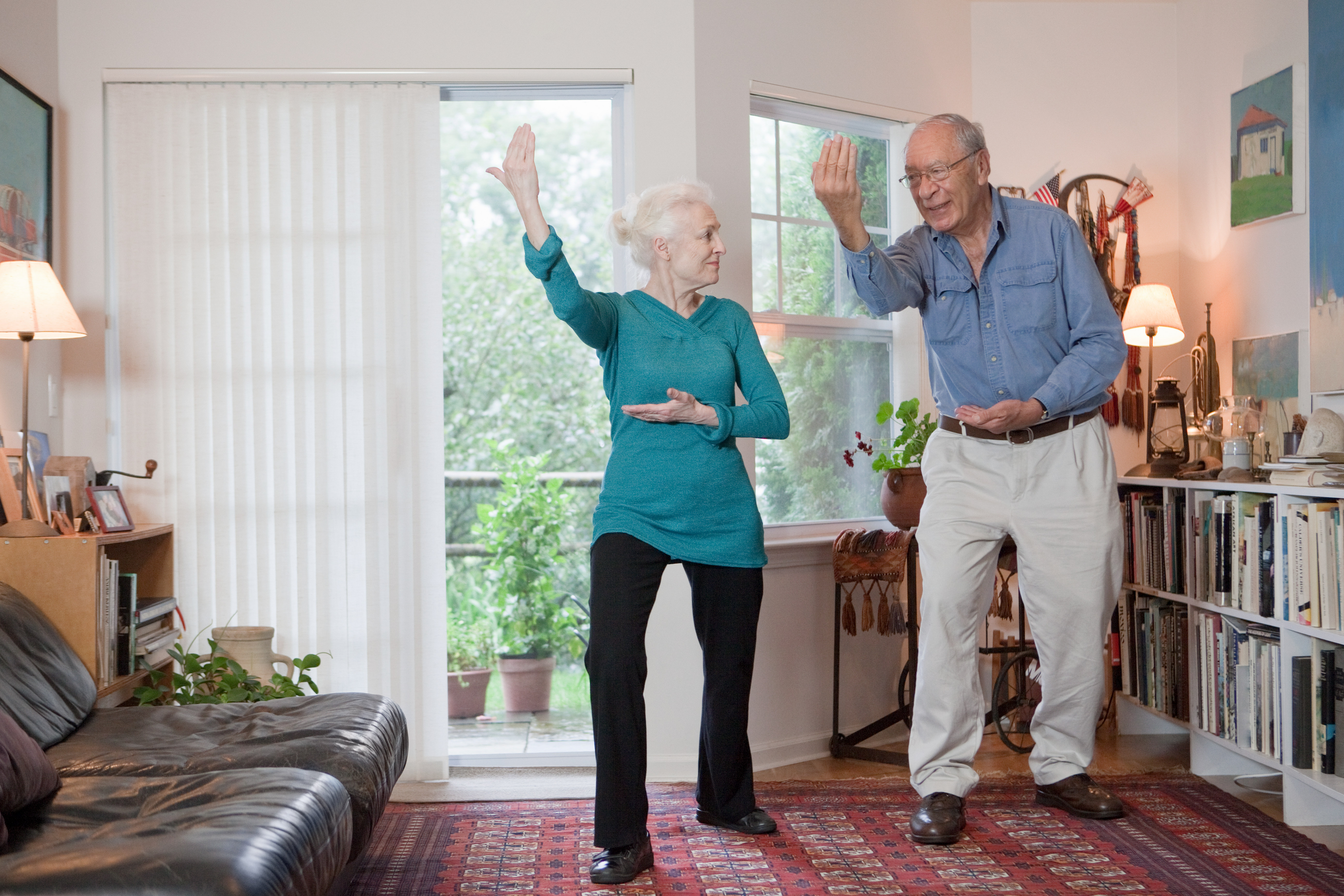
Tai Chi is a traditional Chinese martial art that combines slow, flowing movements with deep breathing and mindfulness. It is an excellent exercise for improving balance, flexibility, and strength while reducing stress and promoting relaxation. Tai Chi can be practiced anywhere, making it accessible to individuals of all ages and fitness levels. The gentle, rhythmic movements of Tai Chi help improve joint mobility, enhance muscle strength and endurance, and promote overall body coordination. The deep breathing and mindfulness aspects of Tai Chi help reduce stress and promote mental clarity, contributing to overall well-being. Research has shown that regular Tai Chi practice can improve balance and reduce the risk of falls in older adults, enhance cardiovascular health, and boost immune function. By incorporating Tai Chi into daily routines, individuals can enjoy the numerous physical and mental health benefits it offers, ultimately contributing to a longer, healthier life.
8. Pilates: Precision and Control
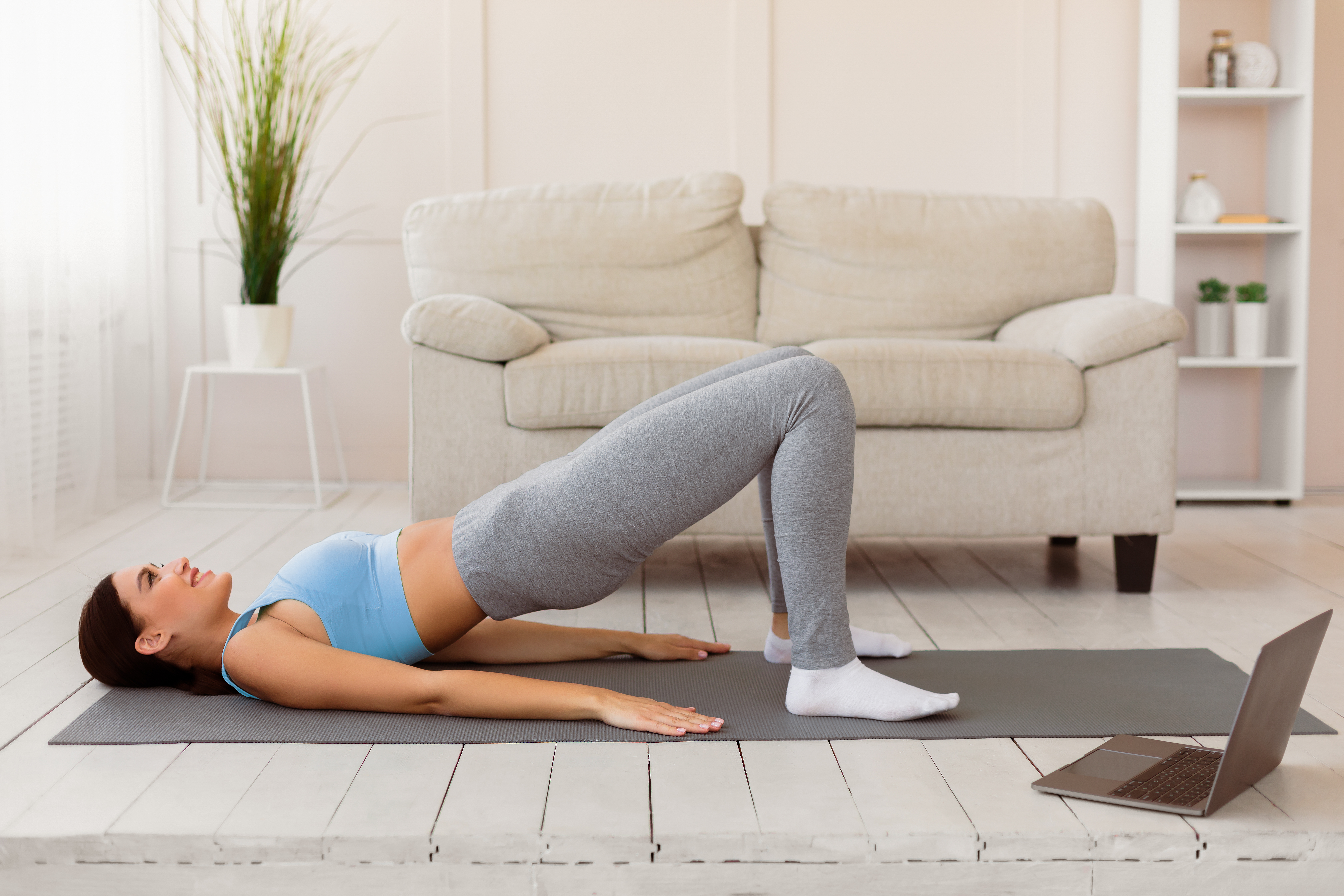
Pilates is a low-impact exercise that focuses on strengthening the core muscles, improving flexibility, and enhancing overall body awareness. It involves a series of controlled movements that engage multiple muscle groups, promoting balance, coordination, and strength. Pilates can be practiced anywhere, often requiring minimal equipment, making it an ideal choice for individuals looking to enhance their mobility. The precision and control required in Pilates help improve posture and alignment, reduce muscle tension, and enhance overall body awareness. Regular Pilates practice has been shown to improve core strength, joint flexibility, and overall physical performance. It also promotes mental clarity and relaxation, reducing stress and enhancing overall well-being. By incorporating Pilates into daily routines, individuals can enjoy the numerous physical and mental health benefits it offers, ultimately contributing to a longer, healthier life.
9. Dance: Joyful Movement for All Ages
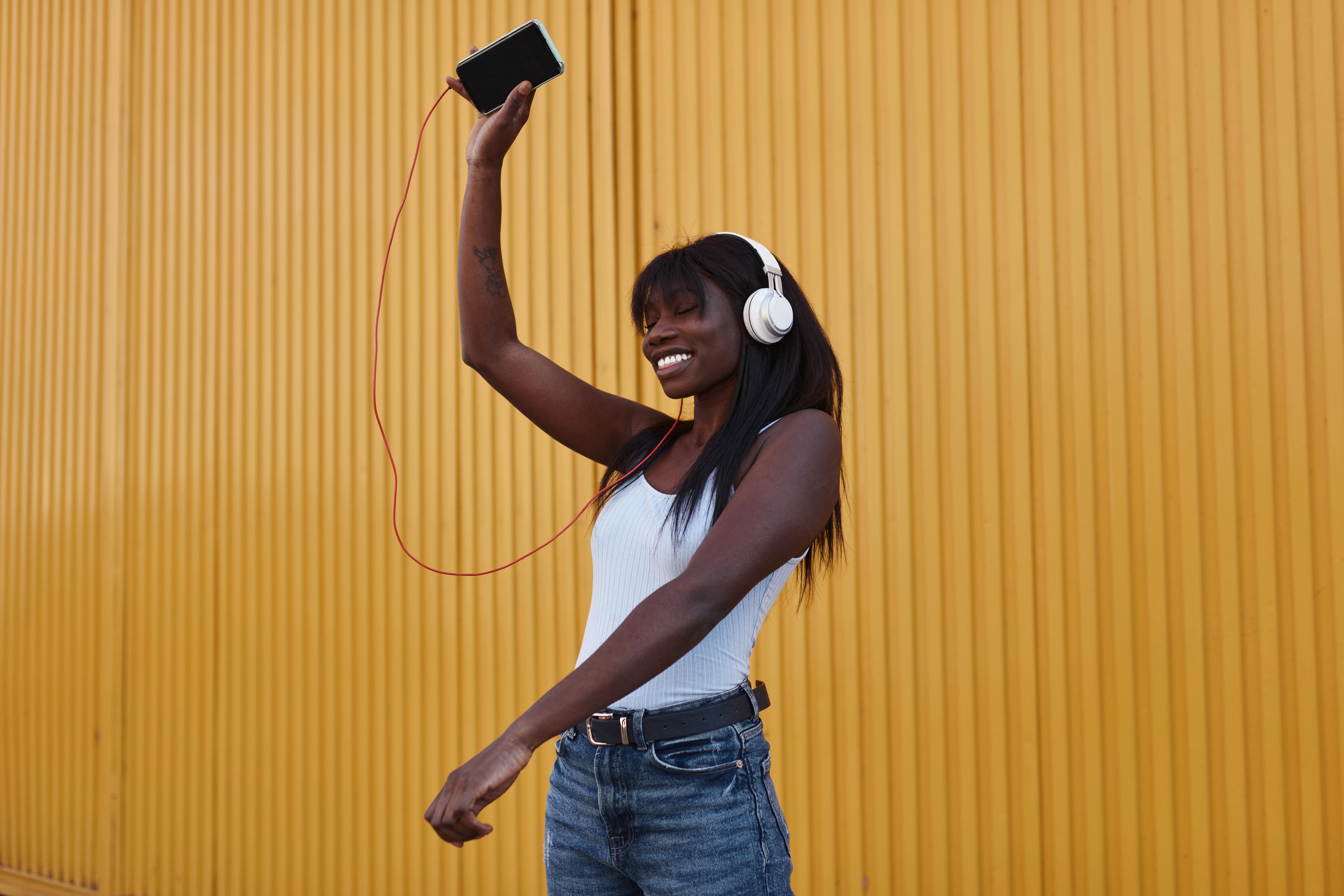
Dance is a joyful and expressive form of exercise that offers numerous physical and mental health benefits. It involves rhythmic movements that engage multiple muscle groups, improve cardiovascular health, and enhance overall body coordination. Dance can be done anywhere, making it accessible to individuals of all ages and fitness levels. The physical benefits of dance include improved flexibility, strength, and balance, while the mental benefits include reduced stress, enhanced mood, and improved cognitive function. Dance also promotes social interaction and creativity, contributing to overall well-being. Whether it's a structured dance class or a spontaneous dance party at home, dance is a fun and effective way to enhance mobility and promote longevity. By incorporating dance into daily routines, individuals can enjoy the numerous physical and mental health benefits it offers, ultimately contributing to a longer, healthier life.
10. Swimming: The Full-Body Workout
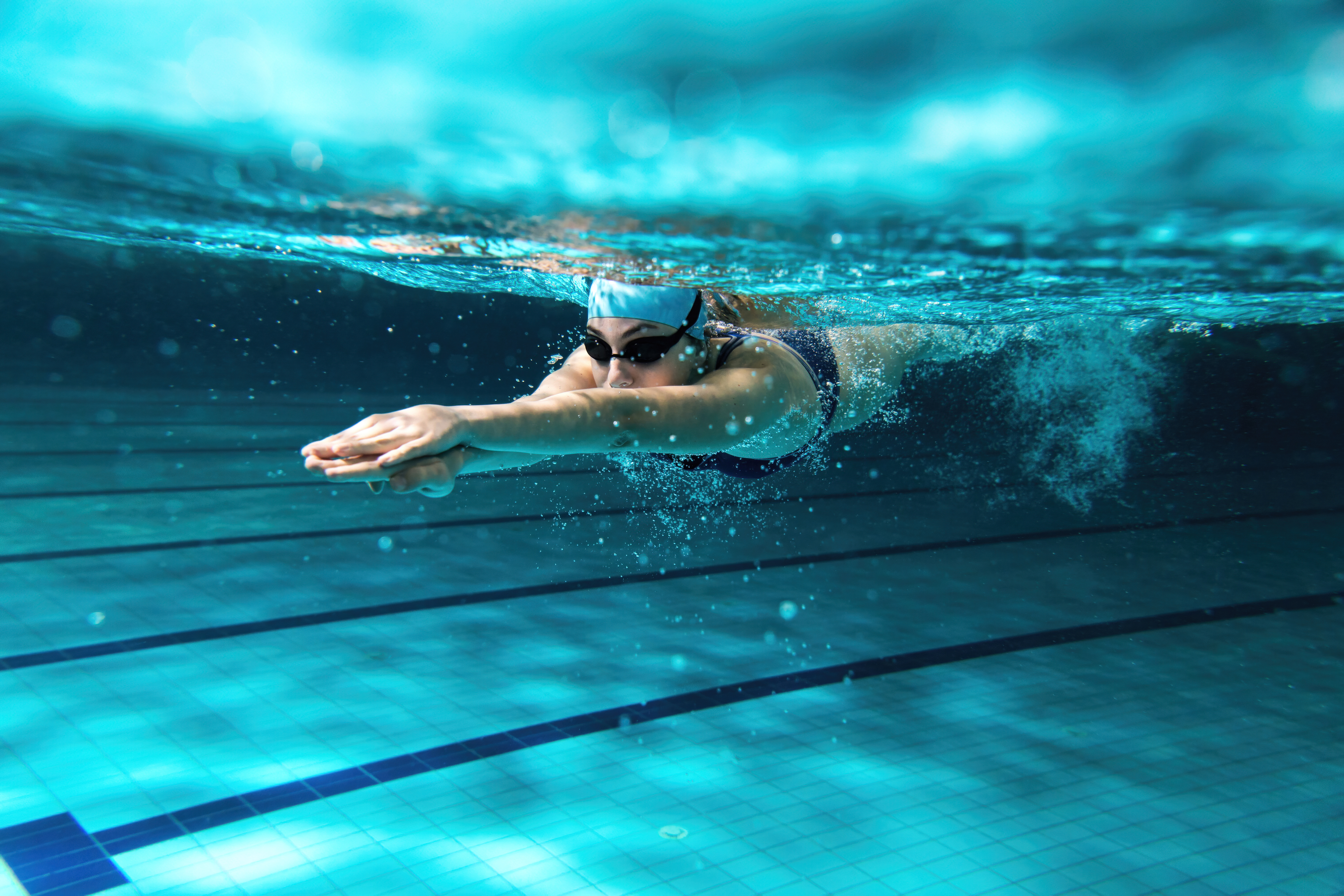
Swimming is a low-impact, full-body workout that offers numerous physical and mental health benefits. It involves rhythmic movements that engage multiple muscle groups, improve cardiovascular health, and enhance overall body coordination. Swimming can be done in a pool or open water, making it accessible to individuals of all ages and fitness levels. The physical benefits of swimming include improved flexibility, strength, and endurance, while the mental benefits include reduced stress, enhanced mood, and improved cognitive function. Swimming also promotes relaxation and mindfulness, contributing to overall well-being. Regular swimming practice has been shown to reduce the risk of chronic diseases, improve cardiovascular health, and enhance overall quality of life. By incorporating swimming into daily routines, individuals can enjoy the numerous physical and mental health benefits it offers, ultimately contributing to a longer, healthier life.
11. Cycling: Pedaling Towards Health
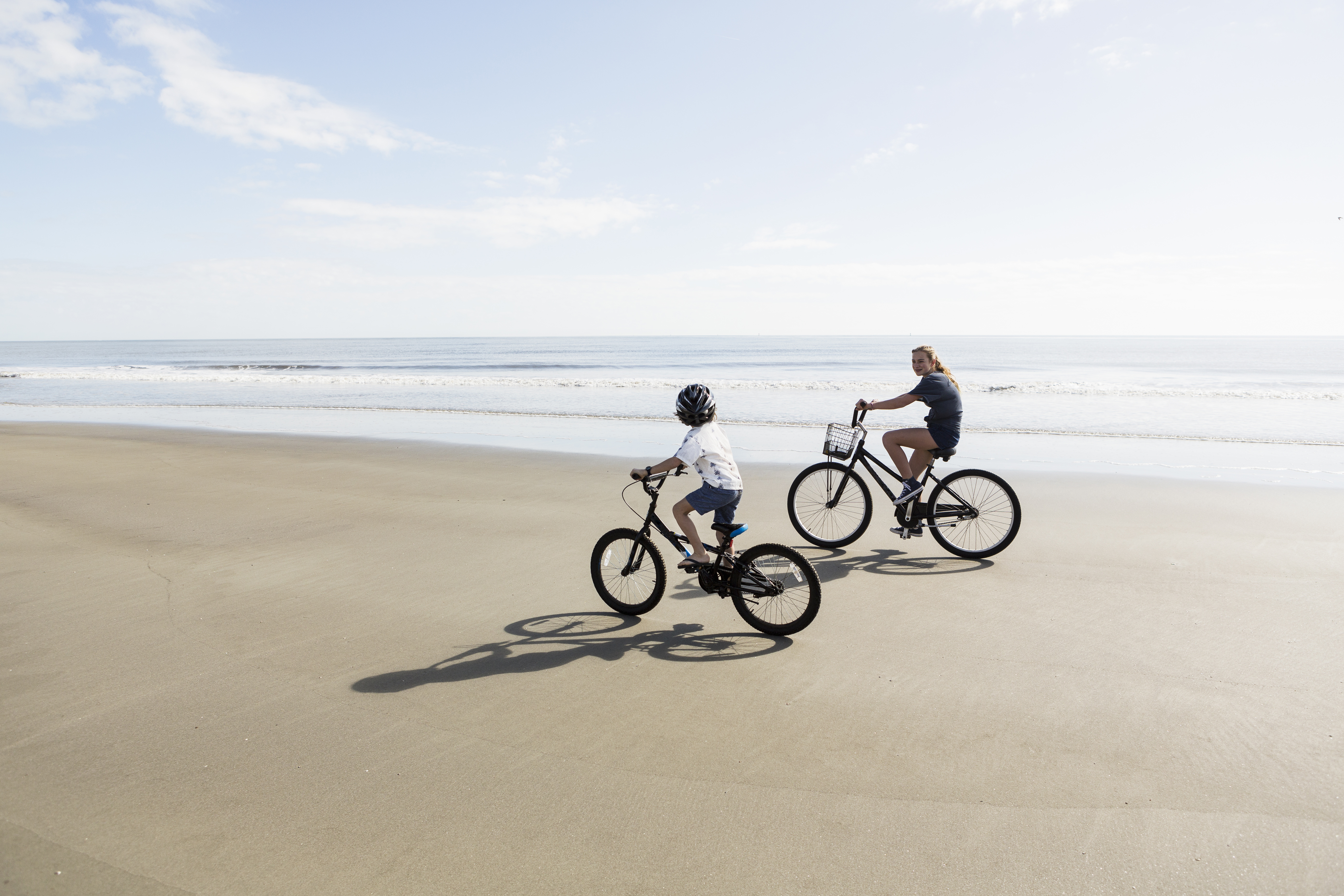
Cycling is a low-impact exercise that offers numerous physical and mental health benefits. It involves rhythmic movements that engage multiple muscle groups, improve cardiovascular health, and enhance overall body coordination. Cycling can be done outdoors or on a stationary bike, making it accessible to individuals of all ages and fitness levels. The physical benefits of cycling include improved flexibility, strength, and endurance, while the mental benefits include reduced stress, enhanced mood, and improved cognitive function. Cycling also promotes relaxation and mindfulness, contributing to overall well-being. Regular cycling practice has been shown to reduce the risk of chronic diseases, improve cardiovascular health, and enhance overall quality of life. By incorporating cycling into daily routines, individuals can enjoy the numerous physical and mental health benefits it offers, ultimately contributing to a longer, healthier life.
12. Resistance Band Exercises: Versatile and Effective

Resistance band exercises are a versatile and effective way to enhance strength, flexibility, and mobility. They involve using elastic bands to create resistance, which engages multiple muscle groups and promotes overall body coordination. Resistance bands are lightweight and portable, making them an ideal choice for individuals looking to exercise anywhere. The physical benefits of resistance band exercises include improved muscle strength, joint flexibility, and overall physical performance. They also promote relaxation and mindfulness, reducing stress and enhancing overall well-being. Resistance band exercises can be tailored to suit different fitness levels and goals, making them accessible to individuals of all ages and abilities. By incorporating resistance band exercises into daily routines, individuals can enjoy the numerous physical and mental health benefits they offer, ultimately contributing to a longer, healthier life.
13. Chair Exercises: Seated Solutions for Mobility
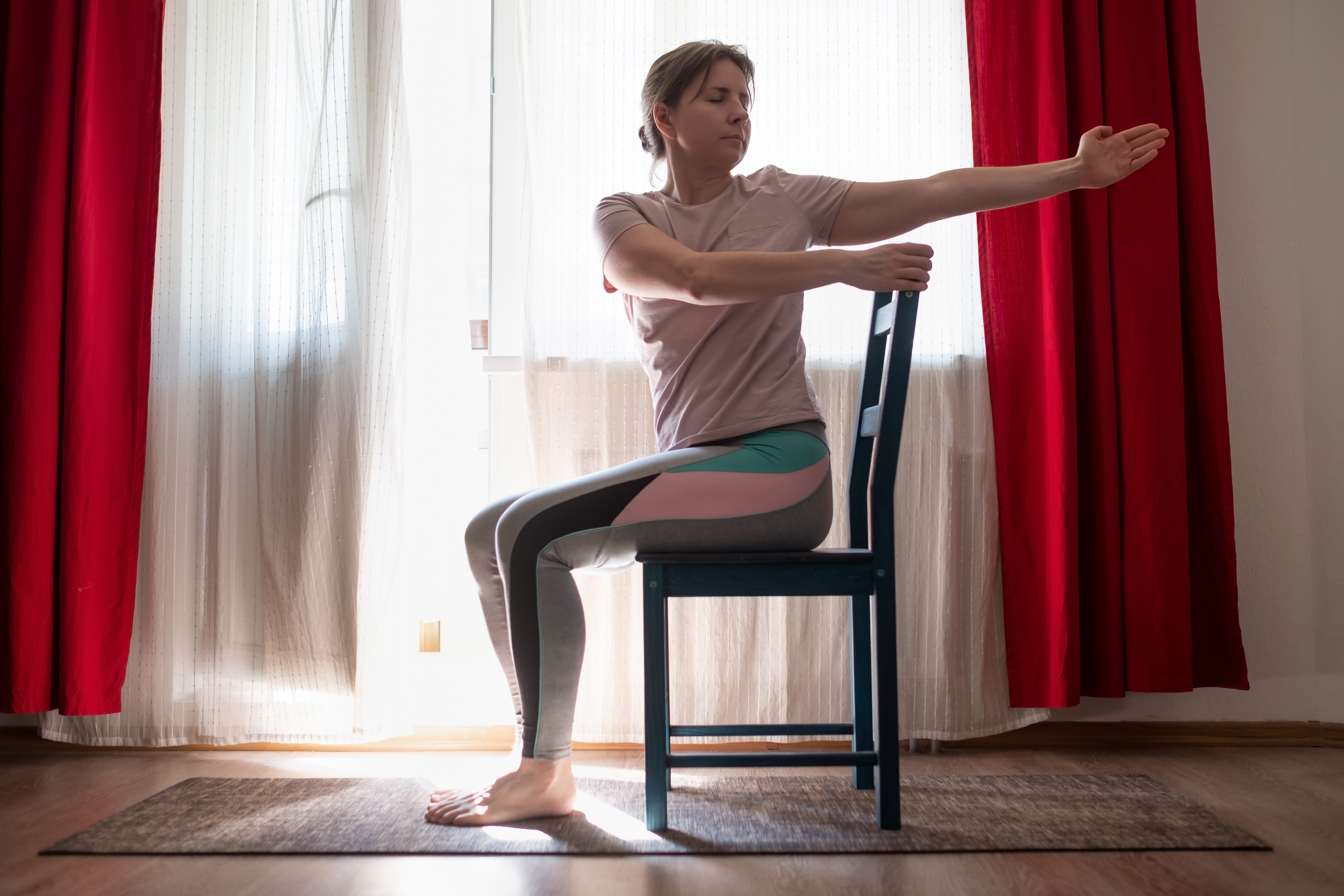
Chair exercises are a convenient and accessible way to enhance mobility, flexibility, and strength, particularly for individuals with limited mobility or those who spend long hours sitting. They involve performing exercises while seated or using a chair for support, making them suitable for individuals of all ages and fitness levels. The physical benefits of chair exercises include improved muscle strength, joint flexibility, and overall physical performance. They also promote relaxation and mindfulness, reducing stress and enhancing overall well-being. Chair exercises can be tailored to suit different fitness levels and goals, making them accessible to individuals of all ages and abilities. By incorporating chair exercises into daily routines, individuals can enjoy the numerous physical and mental health benefits they offer, ultimately contributing to a longer, healthier life.
14. Breathing Exercises: The Power of Breath
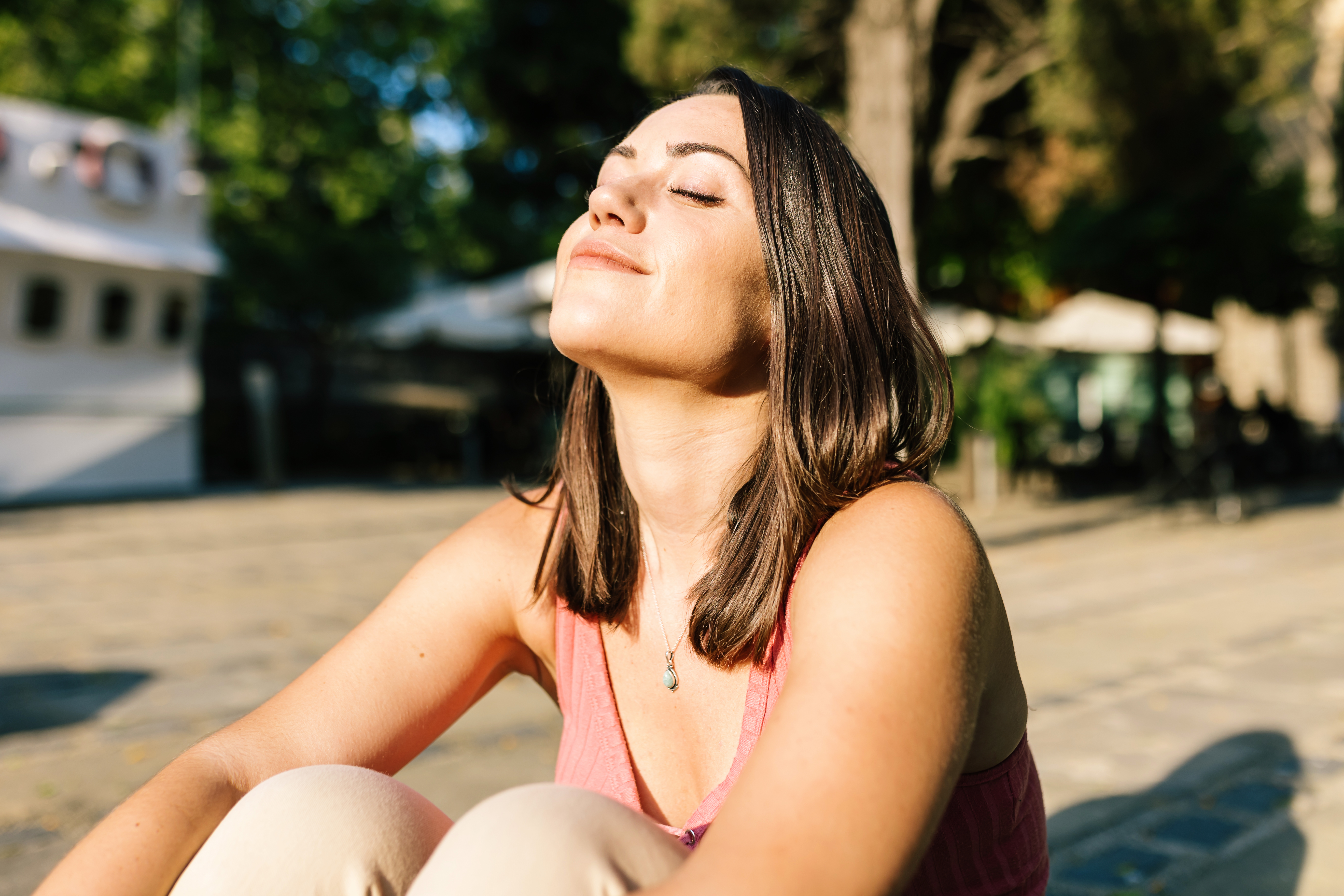
Breathing exercises are a simple yet powerful way to enhance mobility, flexibility, and overall well-being. They involve conscious control of the breath to promote relaxation, reduce stress, and improve mental clarity. Breathing exercises can be done anywhere, making them accessible to individuals of all ages and fitness levels. The physical benefits of breathing exercises include improved lung capacity, enhanced oxygen delivery to muscles, and reduced muscle tension. The mental benefits include reduced stress, enhanced mood, and improved cognitive function. Regular practice of breathing exercises has been shown to reduce the risk of chronic diseases, improve cardiovascular health, and enhance overall quality of life. By incorporating breathing exercises into daily routines, individuals can enjoy the numerous physical and mental health benefits they offer, ultimately contributing to a longer, healthier life.
15. Mindfulness and Meditation: Mental Mobility

Mindfulness and meditation are practices that promote mental mobility, flexibility, and overall well-being. They involve focusing attention on the present moment, cultivating awareness, and reducing stress. Mindfulness and meditation can be practiced anywhere, making them accessible to individuals of all ages and fitness levels. The mental benefits of mindfulness and meditation include reduced stress, enhanced mood, improved cognitive function, and increased emotional resilience. They also promote relaxation and mindfulness, contributing to overall well-being. Regular practice of mindfulness and meditation has been shown to reduce the risk of chronic diseases, improve cardiovascular health, and enhance overall quality of life. By incorporating mindfulness and meditation into daily routines, individuals can enjoy the numerous mental health benefits they offer, ultimately contributing to a longer, healthier life.
16. Stair Stepping: The Built-In Cardio Boost
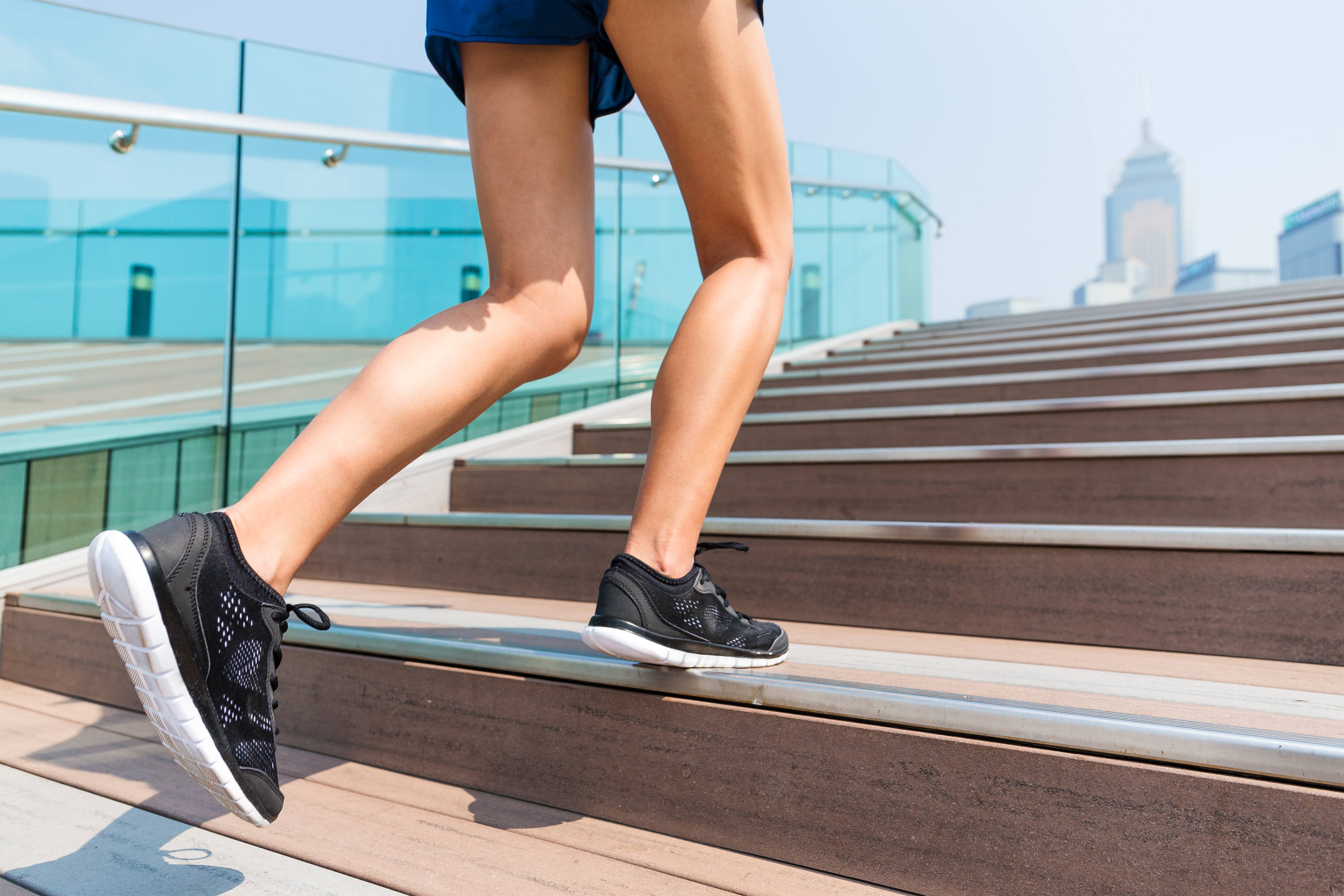
Stairs aren’t just for getting from A to B—they’re a natural workout built into your day. Climbing stairs activates your glutes, quads, calves, and core while simultaneously improving balance and cardiovascular endurance. Just 5–10 minutes of stair stepping can elevate your heart rate, boost circulation, and strengthen joints—especially the knees and hips. It also improves bone density and helps with coordination, making it a powerful longevity tool. Whether at home, in a park, or at the office, using stairs intentionally turns a daily feature into a mini workout that strengthens mobility and keeps you agile for years to come.
17. Hip Circles: Unlock Your Pelvic Power
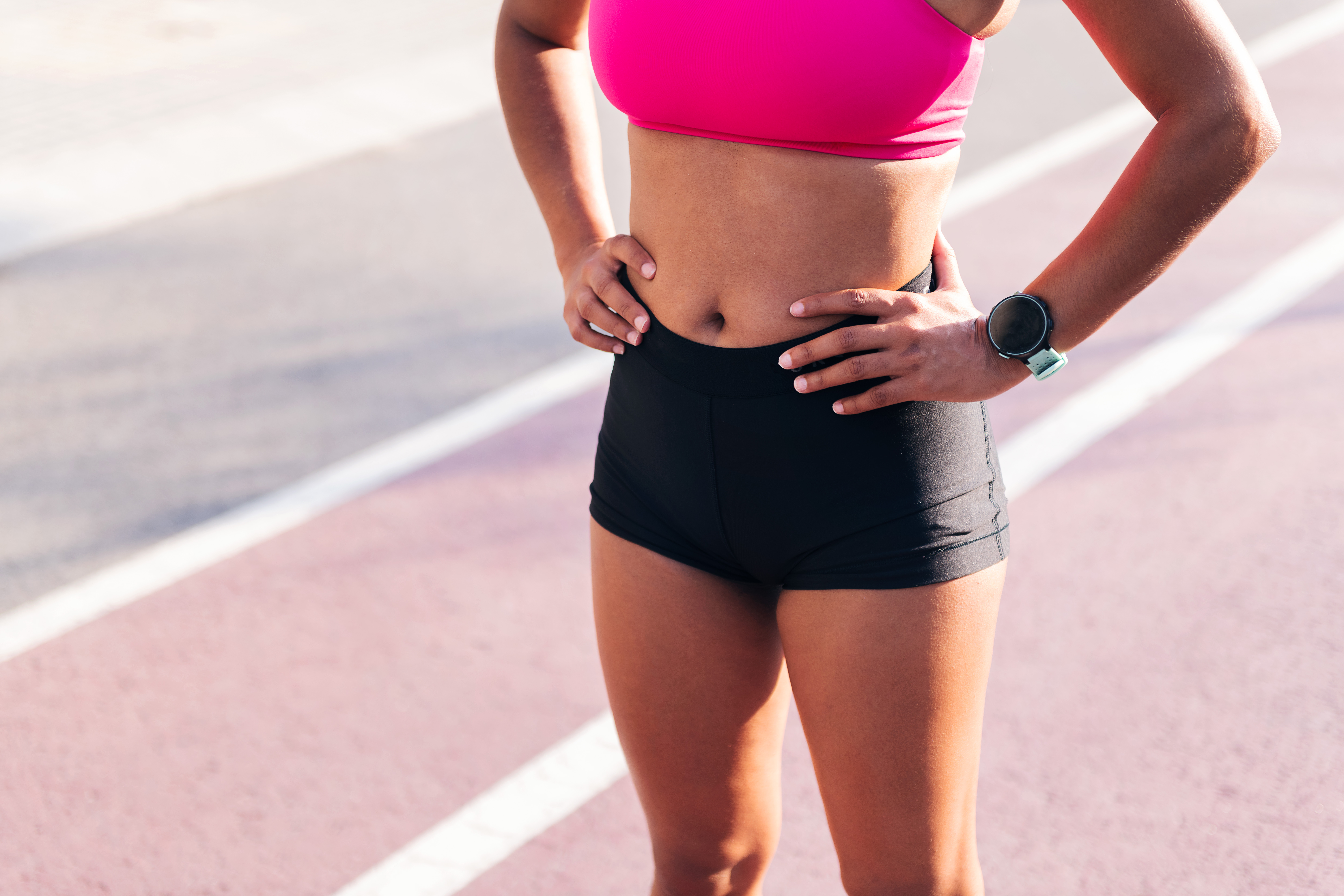
Healthy hips are crucial for everything from walking and bending to balance and stability. Hip circles are a gentle, effective way to keep this vital joint fluid and pain-free. Stand with your feet shoulder-width apart and place your hands on your hips. Slowly rotate your hips in a circular motion—5 times clockwise, then 5 times counterclockwise. This loosens tight hip flexors, strengthens the lower back, and enhances coordination. It also promotes pelvic mobility, which is often neglected but essential for posture and joint longevity. Hip circles can be done anywhere and are especially useful after sitting for long periods.
18. Wall Angels: Posture’s Secret Weapon
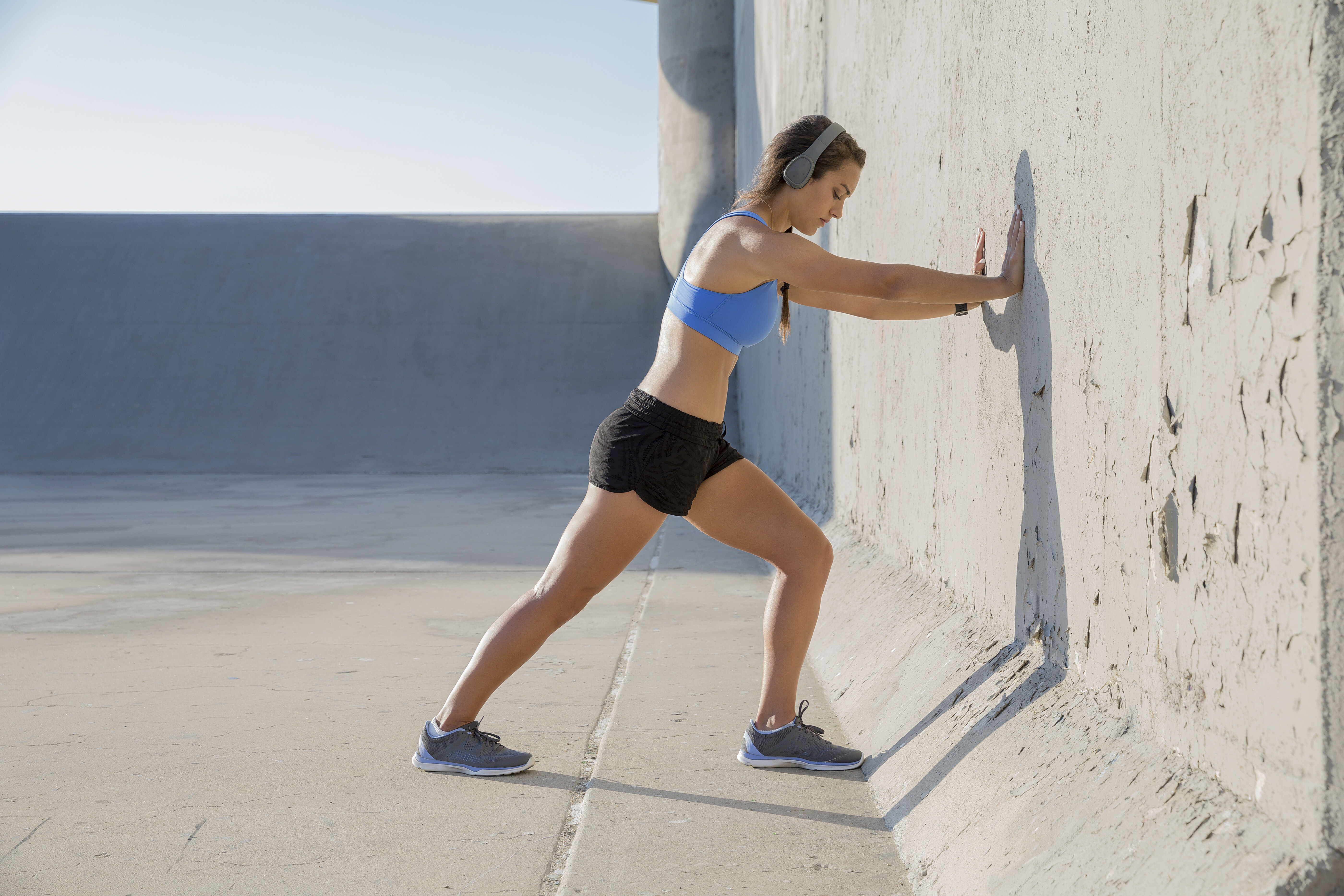
Poor posture often leads to stiffness, fatigue, and pain—especially in the shoulders and upper back. Wall angels counteract these effects by reactivating the postural muscles. Stand with your back flat against a wall, feet a few inches away, and arms raised in a goalpost shape. Slowly raise and lower your arms, like making snow angels, keeping contact with the wall. Aim for 10 reps. This exercise strengthens the upper back, opens the chest, and improves shoulder mobility. It’s a quiet, equipment-free way to retrain your posture and relieve the damage done by slouching or screen time.
19. Ankle Pumps: Circulation on the Go
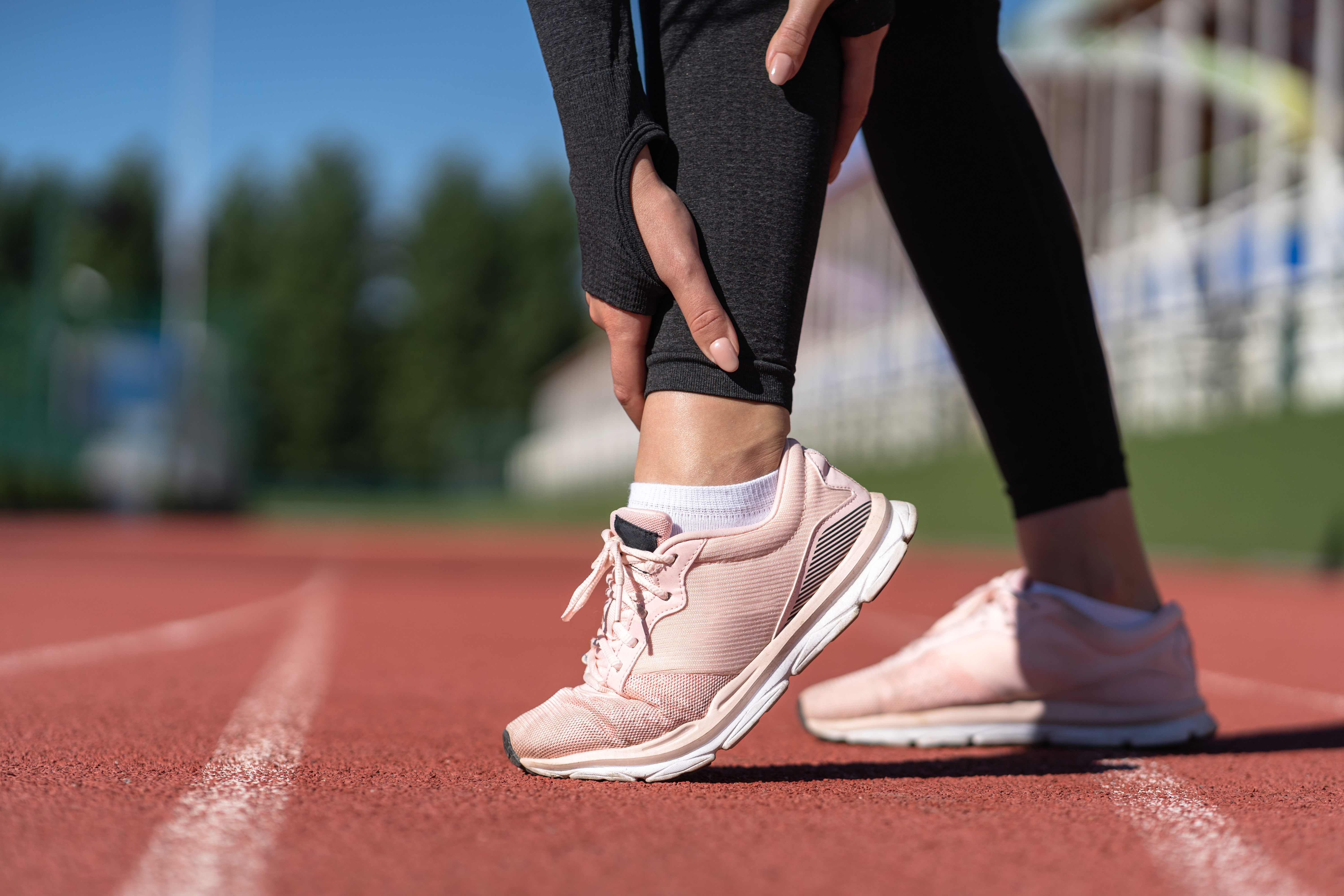
Ankle mobility plays a huge role in overall balance and gait, especially as we age. Ankle pumps help maintain joint flexibility and boost circulation—particularly for those who sit for long stretches. While seated or lying down, flex your feet by pointing your toes upward, then downward, as if pressing and releasing a gas pedal. Perform 15–20 reps per foot. This movement helps prevent blood pooling, reduces swelling, and maintains mobility in the lower legs. Whether you're traveling, working, or recovering from injury, ankle pumps are an easy way to keep your feet and calves energized and agile.
20. Arm Circles: Wake Up the Shoulder Girdle
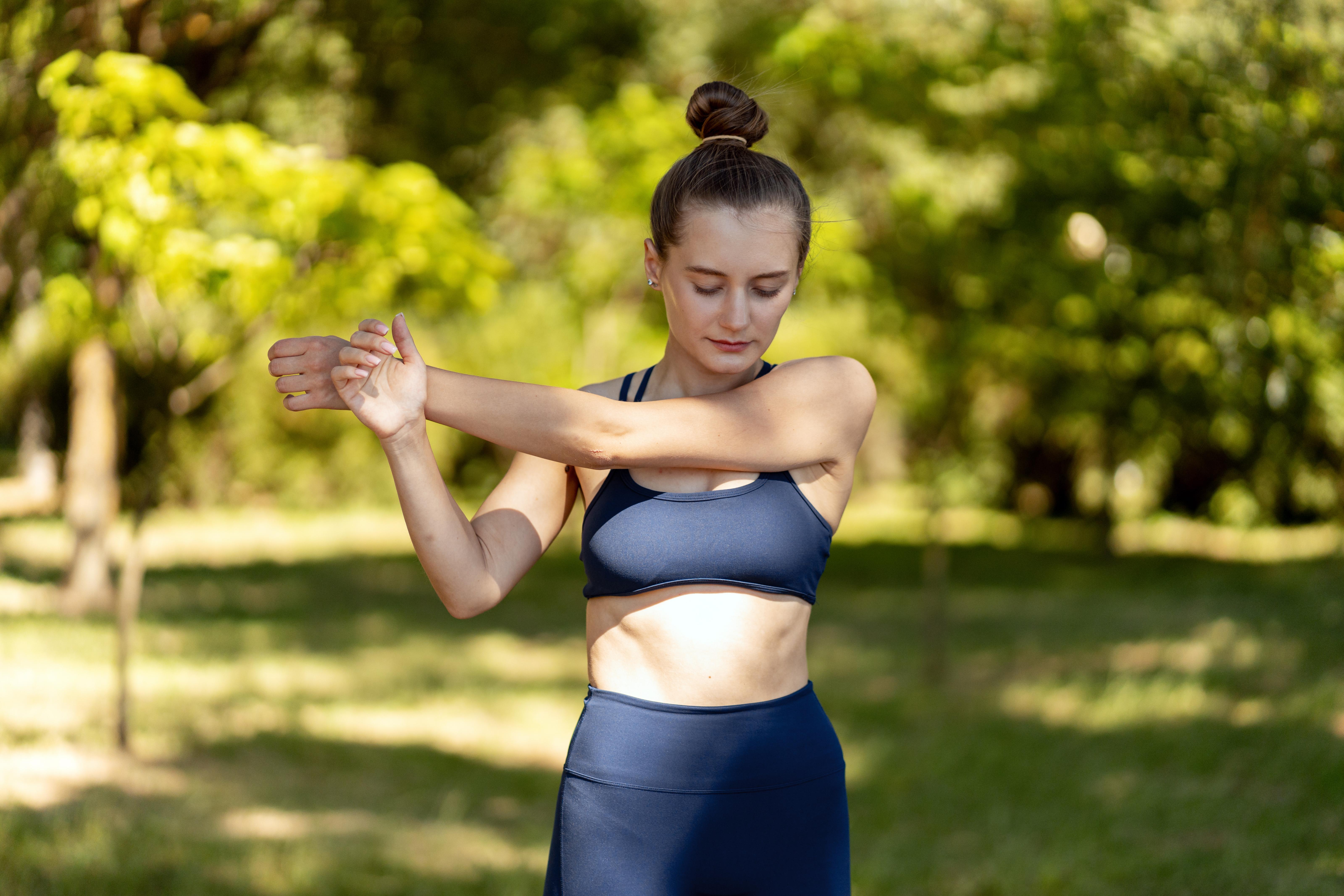
Arm circles may seem elementary, but they’re deceptively effective for maintaining upper-body mobility and circulation. Stand or sit with arms extended to your sides at shoulder height. Make small, controlled circles forward for 10 seconds, then reverse for 10 more. Gradually increase the size of the circles as you warm up. This movement strengthens the shoulders, improves posture, and increases blood flow to the arms and upper back. Arm circles are especially helpful after long periods of typing or carrying weight, and can be done anywhere—from your kitchen to your office—without drawing attention or needing space.
Keep Moving, Keep Living
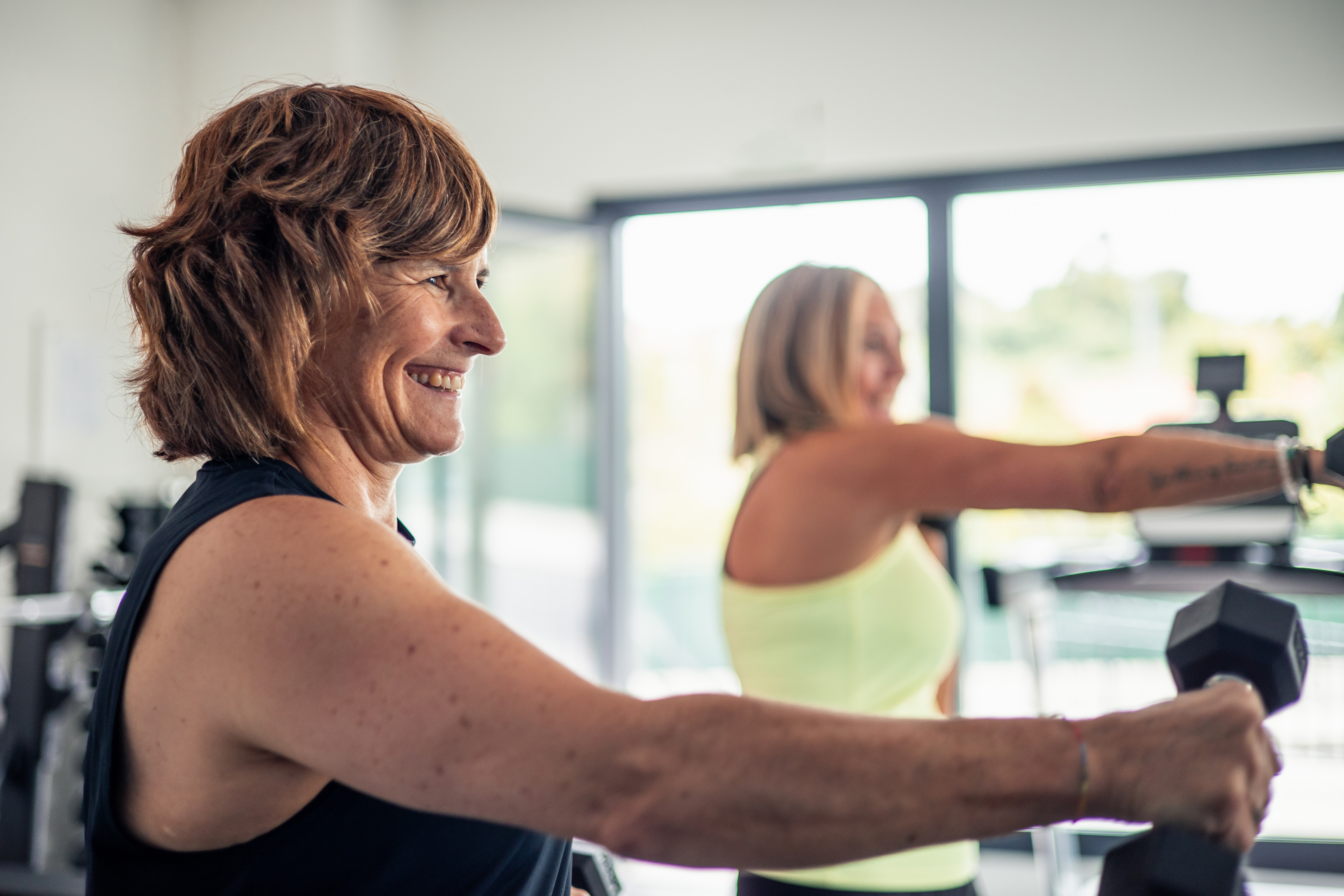
Mobility isn’t just about how far you can stretch or how fast you can walk—it’s about how freely you can live. These 20 effortless exercises prove that longevity doesn’t require sweat-drenched marathons or expensive memberships. It starts with simple, consistent movement—right where you are. Whether it’s a few ankle pumps at your desk, a quick walk around the block, or a set of wall angels before bed, each small action adds up to lasting strength, flexibility, and freedom. The best part? These moves meet you where life happens—in your living room, office, or on the go. They’re not about perfection; they’re about progress. So don’t wait for the “right time” to care for your body. Start now, start small, and stay consistent. Because mobility is more than motion—it’s your access to joy, independence, and the vibrant years still ahead. Move often. Live fully. Age on your own terms.